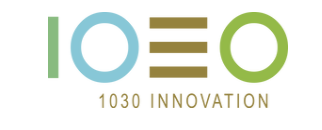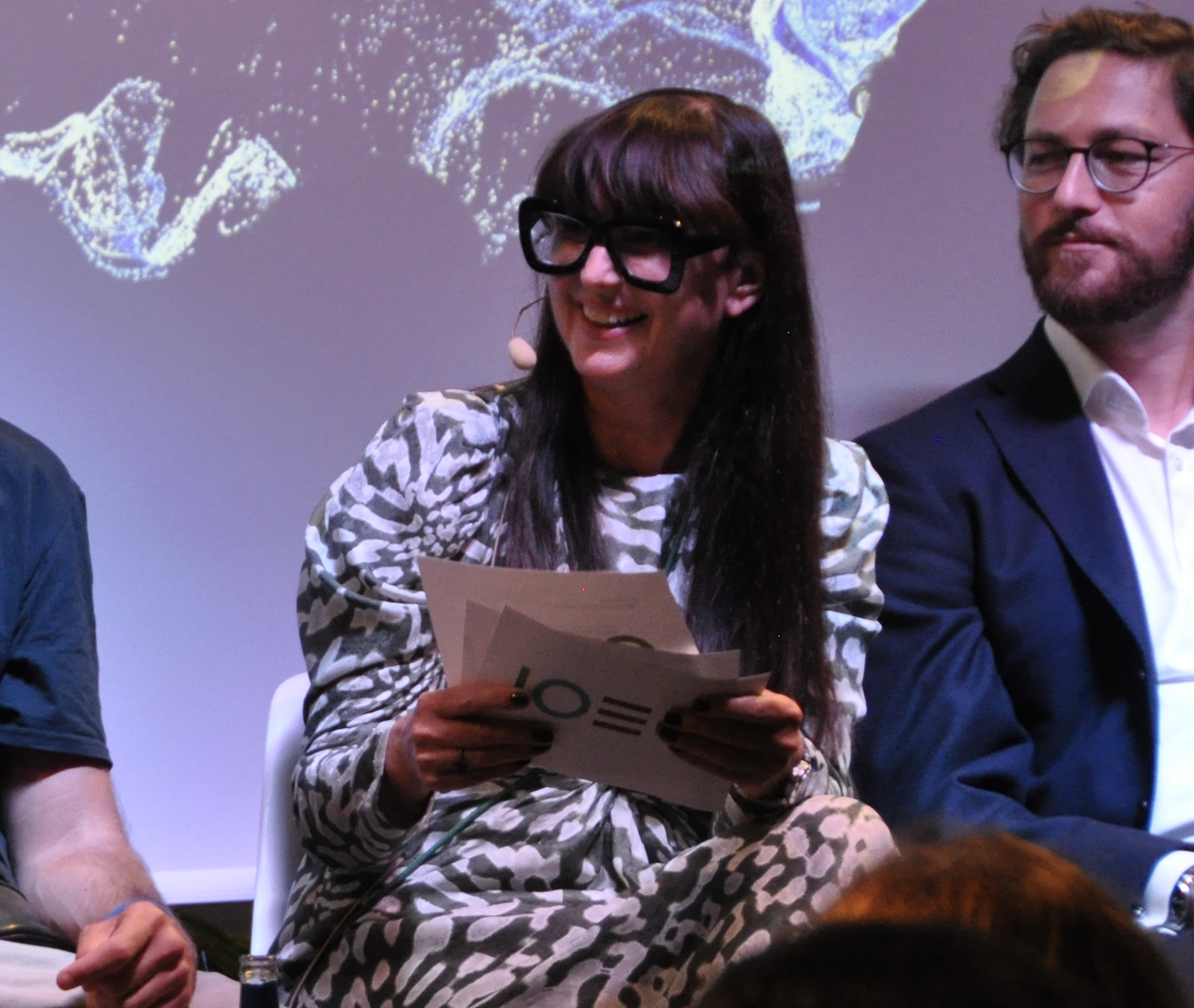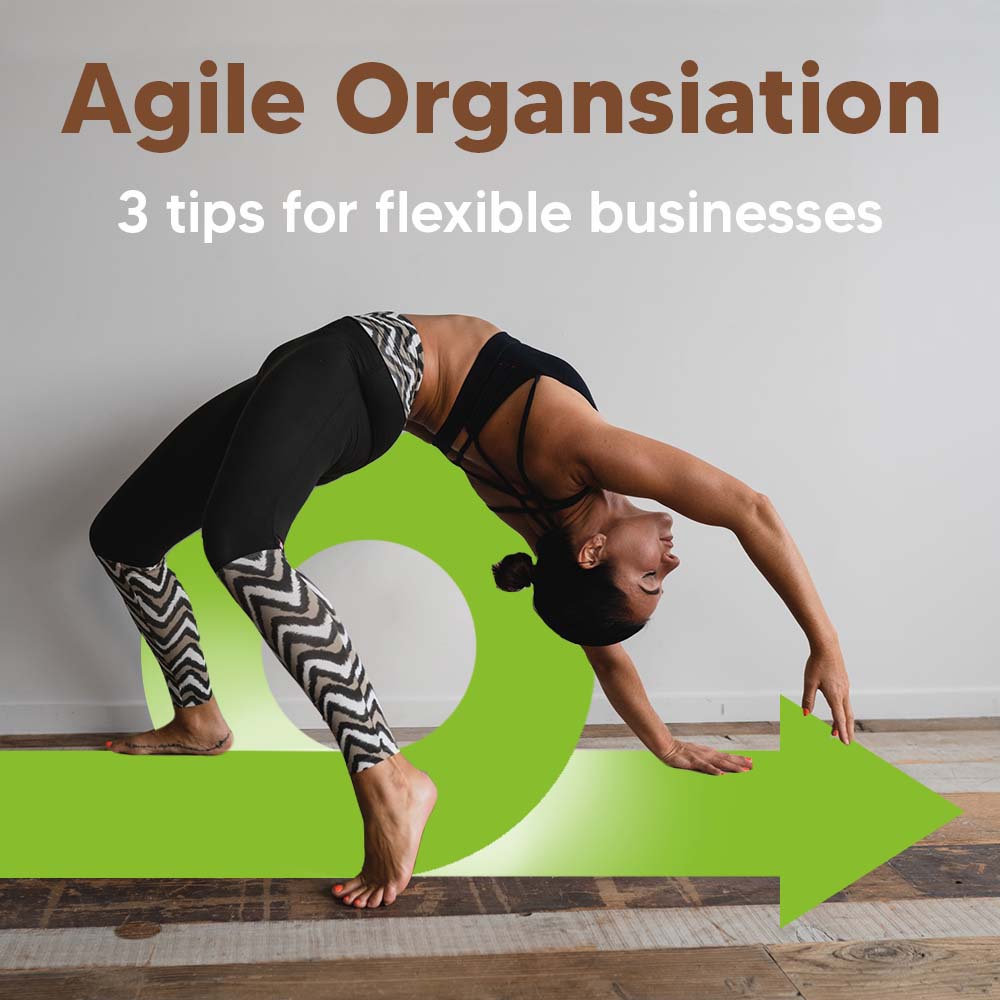Creativity is proven to be a key success factor in our business world. Only through creative thinking we can develop innovative products and figure out new business opportunities.
Therefor every company should aim to encourage creative thinking along their employees. Here’s the good message: creativity is a skill, not a talent. And thus, can be learned. This article provides three hands-on creativity methods to foster innovative solutions.
Subtraction
What does it really take to make your product work? Which parts are unnecessary or could be replaced by a better solution? Our first creative method, subtraction, provides answers to these questions. Here’s how it works:
1. List existing elements
Break down your product, service or topic into its individual elements.
What physical components does your product consist of?
What functions and features does it have?
Break down your puzzle into its individual parts.
2. Subtract one or more elements
Now remove or subtract single elements.
What happens to the product?
How about a laptop without a keyboard? Or a soup without water? The bag soup has developed from the latter idea.
Just try it out and don’t criticize. Whether the newly created product offers added value or is feasible doesn’t matter at this point.
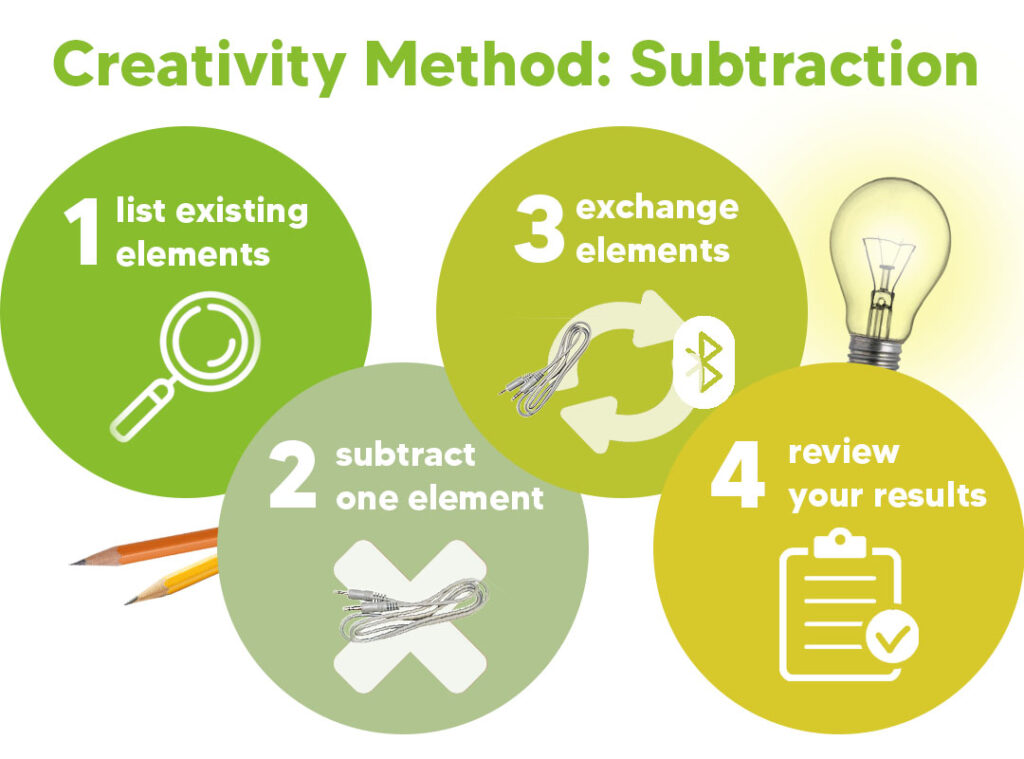
3. Exchange elements (optional)
Instead of removing existing parts entirely, you can also replace them.
Let your creativity run wild here. Let’s stick with the laptop: Instead of operating it with a keyboard, you could use voice control, for example. Or replace the fixed keyboard with a more flexible touchpad.
Focusing on a specific element makes it easier to develop new ideas.
4. Review and realisation
Now it’s time to take a closer look at your ideas. Is the product still functional if individual elements are missing? If not, what would it take to make this new idea a reality? What is the benefit for the user of your new product?
Limitation
Ironically, conscious restriction leads to greater creativity. Maybe you remember your school days: Which essays were more difficult for you to write? Those with precise guidelines (two pages, fixed topic) or completely free essays? Many students find it easier if they are given a fixed framework within which they can be creative. Our brain needs rules to be able to break them successfully. Or as Michael Bahr says in his TED-Talk: Thinking outside the box requires a box.
So in terms of business, it makes sense to intentionally restrict yourself. To limit yourself. How about a product made only of wood? Or what ways are there to provide your service digital-only?
You can also limit yourself in terms of time by only brainstorming for 5 minutes, for example. Write down as many ideas and thought processes as possible before the alarm clock rings.

Example:
You work in the internal communications department of your company and are responsible for your newsletter.
The problem: You have no idea how to convey your content in the best possible way.
Your self-imposed restriction: You are only allowed to use 20 words – for the entire email!
This forces you to identify the core of your message and cut out the superfluous.
From there, you can consider how to get the core message across. For example, how about limiting yourself to images only? Tell your story in 5 pictures.
Mix and Match
In this method, you combine different elements to arrive at innovative solutions. And this is how it works:
1. Collect words – Mix
First, collect 20 terms that have to do with your product or your challenge. These can be, for example, individual elements of an existing product that you would like to improve.
Write the terms on small cards and then shuffle them well.
Now collect a second pile of 20 random terms. The selection should be as random as possible. It can be objects in the room around you. Or you can look up random words in the dictionary. Write these terms on cards and mix them well.
2. Combine the terms – Match
Now your creativity is needed. Draw one card from each of the two piles and come up with ideas on how to combine the two things. There is no right or wrong here. Feel free to playfully explore what might be possible. This exercise also works very well in small groups.
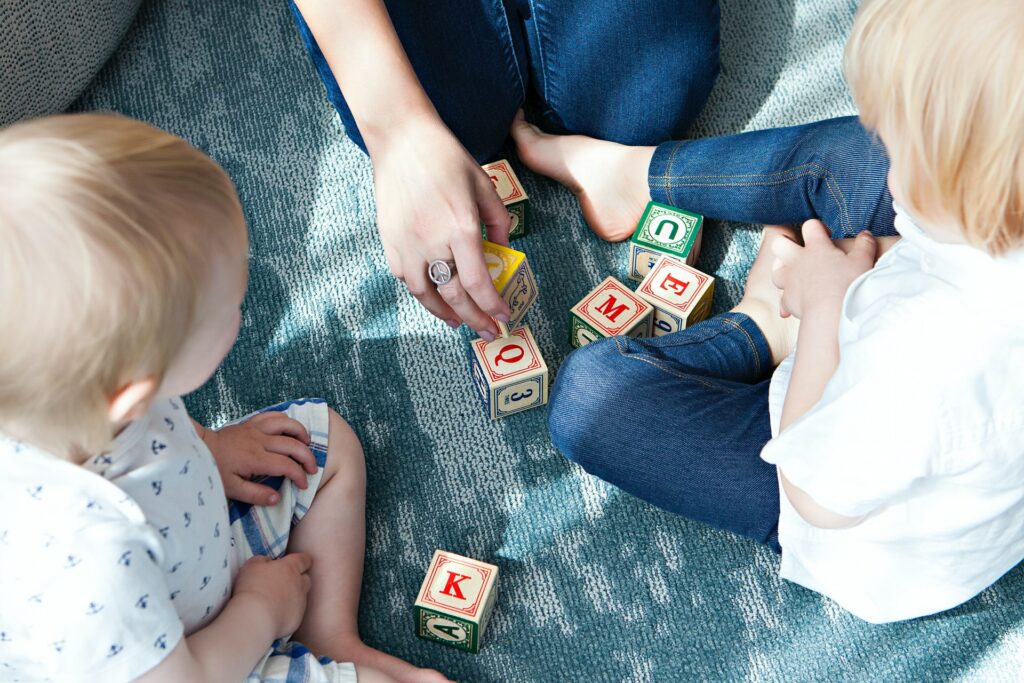
Creativity is learnable
Which method appealeds to you the most? How did you feel about it? Creasivity doesn’t happen overnight. It is a skill and must be trained. Each of us is born as a creative person. As children, we are constantly playfully trying out new ways of doing things and questioning the world around us. But for many people, this innate creativity is lost as they go through school and begin their professional lives. We accept the status quo and stop asking “why?” and “how else?”.
We hope this article could help you to regain some of that childlike creativity. The described methods are a good start, but in order to think more creatively in the long run it is important to practice these thinking patterns regularly. The creativity muscle needs training.
Question your everyday life and go different ways for once. A new restaurant, different clothes or the exchange with unknown people promotes creative thinking. Just try it out. Playfully. Like a child.
Stay innovative!
